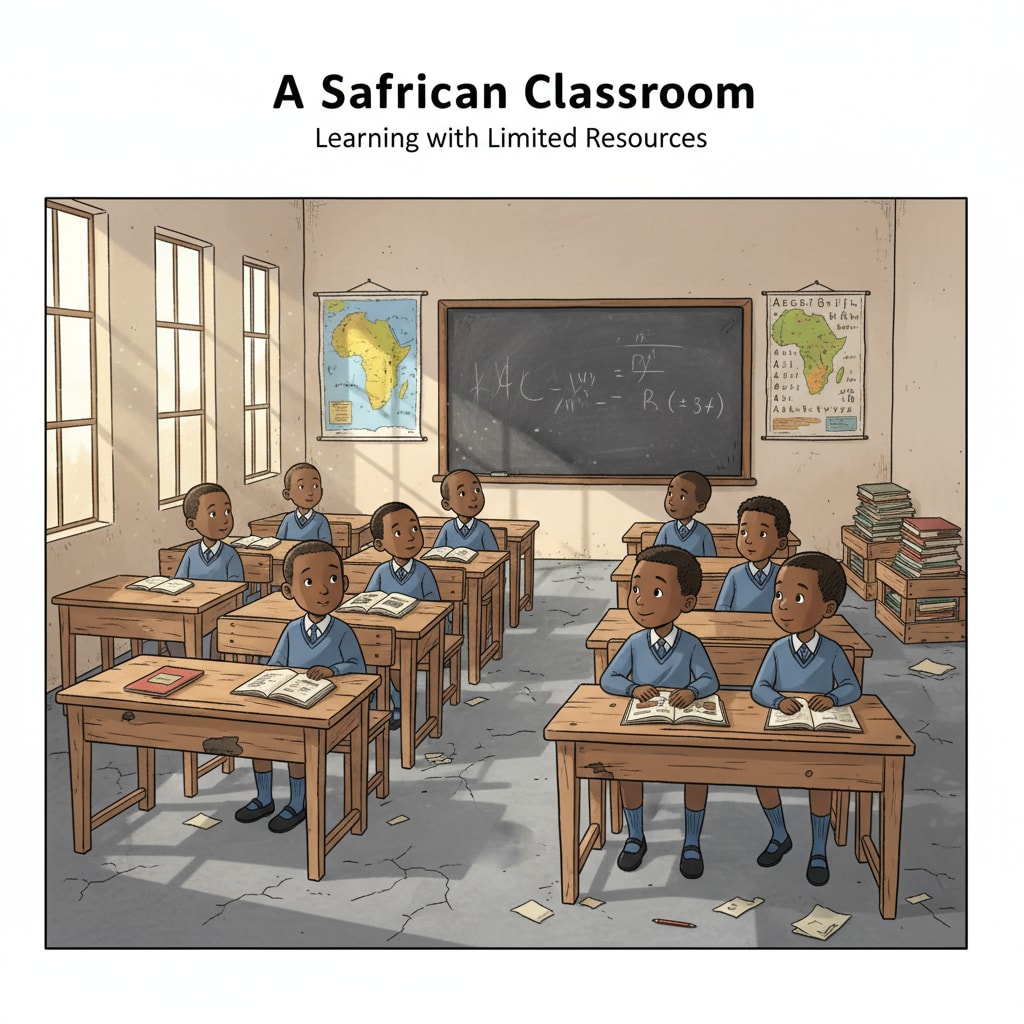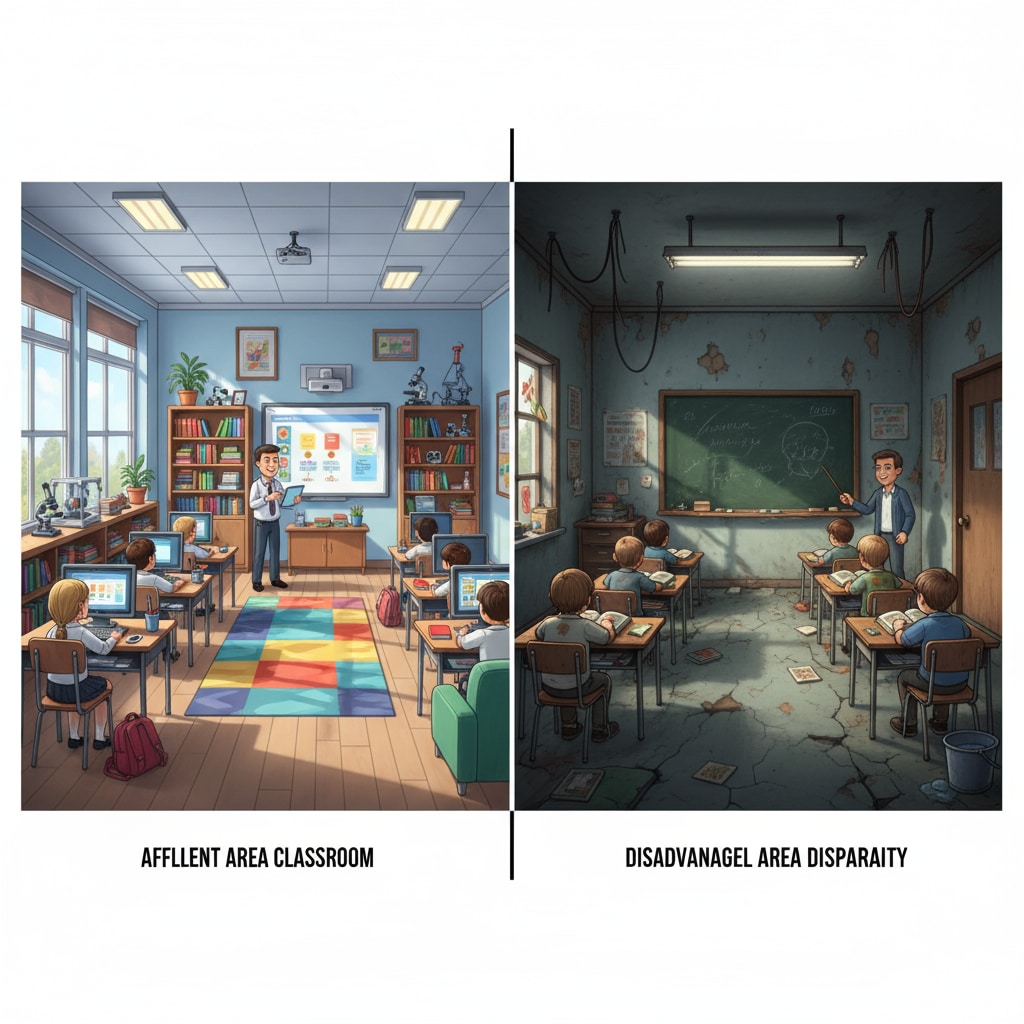Educational inequality, resource allocation, and education reform are crucial aspects in understanding South Africa’s K12 education system. The system is currently marred by significant disparities that hinder the growth and development of many students.

These issues not only affect individual students but also have far – reaching consequences for the nation’s social and economic progress. As we analyze the situation, it becomes evident that comprehensive reform is the key to creating a more just and effective educational environment.
The Stark Reality of Educational Inequality
Educational inequality in South Africa’s K12 system is a multifaceted problem. For example, schools in affluent areas often have state – of – the – art facilities, well – stocked libraries, and access to the latest educational technologies. On the contrary, schools in disadvantaged communities struggle with dilapidated buildings, a lack of basic teaching materials, and limited access to technology. This gap in resources creates an uneven playing field for students. According to Wikipedia’s page on Education in South Africa, the difference in educational opportunities based on geographical location and socioeconomic status is a long – standing issue that has persisted over the years.

Resource Allocation Disparities
Resource allocation is at the heart of the educational inequality problem. The distribution of funds, teaching staff, and learning materials is highly skewed. Schools in wealthy neighborhoods receive more financial support, which allows them to hire highly qualified teachers and purchase modern educational resources. In contrast, schools in poor areas are starved of resources. This lack of proper resource allocation means that students in these schools are deprived of the quality education they deserve. As a result, they often struggle to compete with their peers from more privileged backgrounds. To address this, a more equitable resource allocation system is essential, as emphasized by Britannica’s article on Education in South Africa.
Another aspect of resource allocation is the distribution of teachers. There is a significant shortage of qualified teachers in rural and disadvantaged areas. Teachers are often reluctant to work in these areas due to poor working conditions and limited career development opportunities. This shortage further exacerbates the educational inequality problem, as students in these areas do not have access to the same level of teaching expertise as those in more urban and affluent areas.
Readability guidance: The above content clearly shows the issues of educational inequality and resource allocation disparities. By using short paragraphs and providing examples, it becomes easier to understand the gravity of the situation. Transition words like ‘for example’ and ‘on the contrary’ help to connect ideas.
The Role of Curriculum in the Inequality Equation
The curriculum in South Africa’s K12 system also contributes to educational inequality. In some cases, the curriculum may not be relevant to the needs and experiences of students in disadvantaged communities. It may be designed with a more urban and middle – class perspective, leaving students from rural and poor areas struggling to relate to the content. This lack of relevance can lead to disengagement and lower academic performance among these students. In addition, the assessment methods used may not accurately measure the learning of students from diverse backgrounds, further disadvantaging them.
To overcome this, the curriculum needs to be reformed to be more inclusive and relevant to all students. It should take into account the cultural, social, and economic diversity of South Africa. This way, students from all walks of life can find meaning in their education and be better prepared for the future.
The Imperative for Education Reform
Given the numerous challenges in South Africa’s K12 education system, education reform is not just an option but a necessity. Reform efforts should focus on equalizing resource allocation, improving teacher training and distribution, and making the curriculum more inclusive. By doing so, the cycle of educational inequality can be broken, and every student can have an equal chance to succeed.
For instance, the government can implement policies to ensure that more resources are directed towards disadvantaged schools. This could include building new schools, providing up – to – date teaching materials, and offering incentives for teachers to work in these areas. Additionally, curriculum developers should collaborate with educators from different regions to create a curriculum that meets the needs of all students.
Readability guidance: In this section, the need for education reform is clearly stated. Using examples and transition words like ‘for instance’ helps to convey the message effectively. Each paragraph focuses on a specific aspect of reform, making the content organized.
In conclusion, educational inequality, resource allocation, and education reform are intertwined in South Africa’s K12 education system. By addressing these issues comprehensively, South Africa can move towards a more equitable and effective educational future, where every child has the opportunity to reach their full potential.


